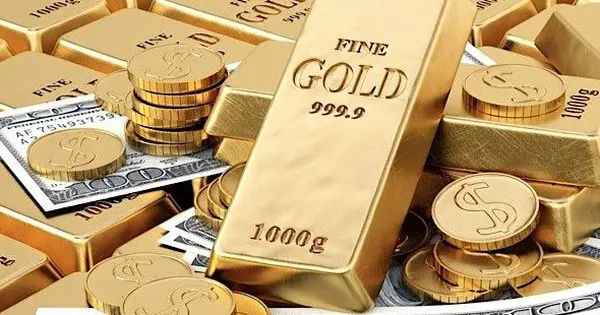China’s Continuous Purchase of Gold: What is it Calculating?

The price of gold broke through the $2,300/ounce mark this week, fueled by geopolitical issues, expectations of a US interest rate cut, and China’s accumulation of the precious metal. Investors consider gold a safe haven during times of turmoil and a hedge against currency depreciation. As a result, conflicts in the Middle East and Ukraine, along with a surge in inflation due to the Covid pandemic, have recently pushed gold prices higher.
Notably, the People’s Bank of China (PBC) has emerged as the most active buyer of gold. According to the World Gold Council (WGC), the PBC has been increasing its gold reserves for 16 consecutive months. In 2023, the PBC bought more gold than any other central bank.
In 2020, China purchased 225 tons of gold, accounting for a quarter of the 1,037 tons bought by central banks worldwide. In just January and February, the PBC added an additional 22 tons of gold to its reserves. Currently, the Chinese central bank holds approximately 2,257 tons of gold.
In addition to the PBC, Chinese consumers are buying gold coins, gold bars, and gold jewelry as real estate, the Chinese yuan, and the stock market face economic difficulties.
China relies heavily on the US dollar for trading with the rest of the world. As the world’s reserve currency, most commodities are priced in dollars, and over half of global transactions are conducted in greenbacks.
Over the past 30 years, China has built up massive foreign exchange reserves, primarily in dollars, while developing and challenging the US economic dominance. However, Beijing is concerned about its increasing dependence on the greenback and wants to diversify the PBC’s reserve portfolio.
According to US data, China has been gradually reducing its holdings of dollars, which have decreased by one-third since 2011 to about $800 billion. This decline has accelerated since the COVID-19 pandemic.
China’s diversification goal is similar to that of other countries in the BRICS group (Brazil, Russia, India, China, and South Africa) – a bloc projected to lead the global economy by 2050. BRICS even proposed the idea of a common currency in the future, which could challenge the dollar’s status as the world’s reserve currency.
BRICS nations are concerned that Washington weaponizes the dollar to maintain its economic and global political supremacy. The dollar’s position allows the US to borrow money at much lower costs. Washington can also use its currency as a diplomatic tool, such as imposing sanctions on Russia, Iran, and North Korea.
Following the outbreak of the Russia-Ukraine conflict in February 2022, the US and the European Union imposed several sanctions on Moscow, including freezing the foreign exchange reserves of the Russian Central Bank. Under pressure from the US, most Russian banks were also removed from the international payment system, SWIFT.
John Reade, Chief Strategist at the World Gold Council, noted, “I think sanctions have made many central banks reconsider what they hold.” China is concerned that it could face similar containment measures from the US if the trade competition with Washington intensifies.
Analysts at the World Gold Council expect the central banks’ gold-buying spree to continue for several more years, indicating that the diversification effort has a long way to go.
Even after nearly 18 months of buying, gold only accounts for about 4% of the PBC’s total reserves. This ratio is much lower than the reserve threshold of central banks in developed countries.
Many gold analysts believe that the price of the precious metal has been inflated by speculative investors and continuous demand from central banks like China may not push prices much higher.
To learn more about the global economy and financial matters, visit Business Today.

